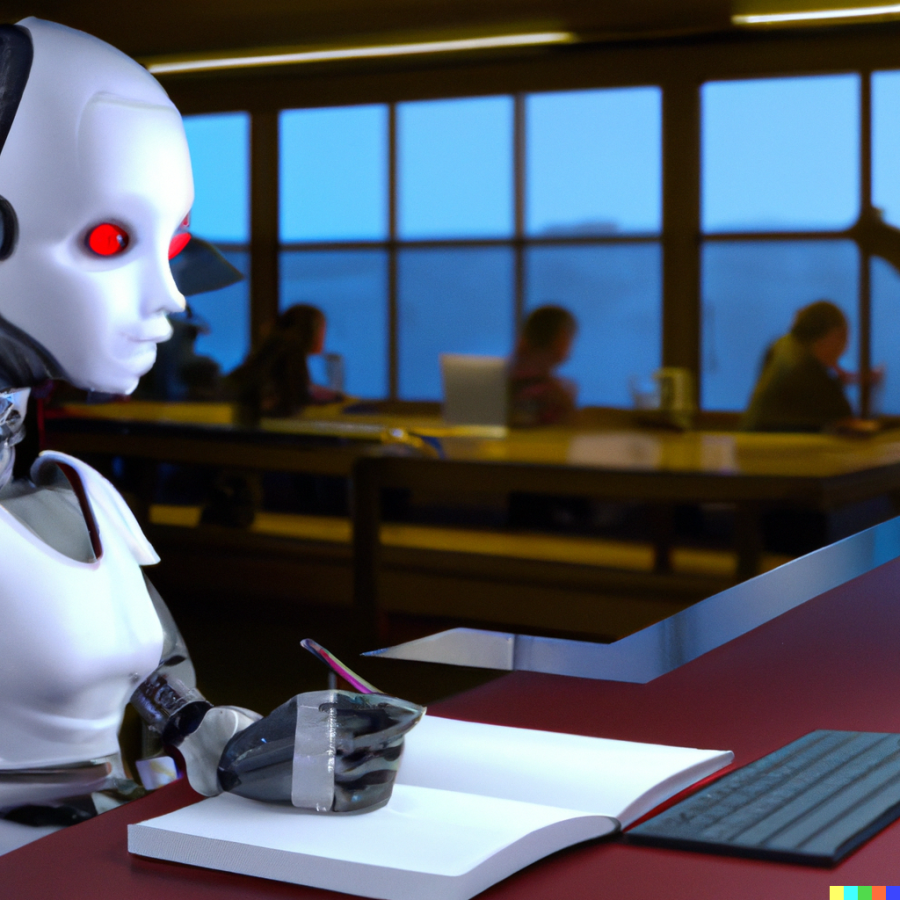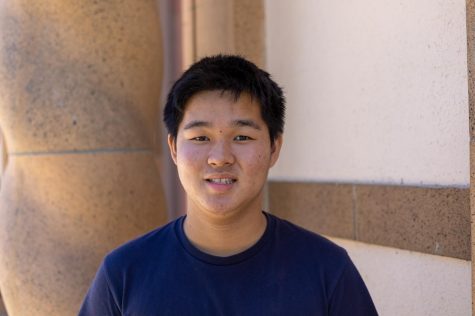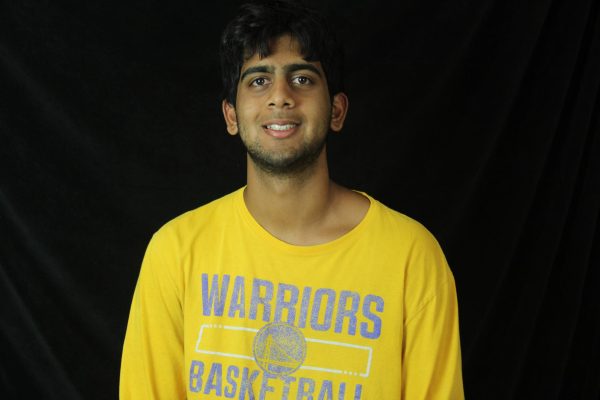Increased use of ChatGPT sparks concern among teachers
This image was generated by OpenAI’s DALL-E 2 artificial intelligence system that can create art and realistic images from text descriptions. This image was generated with the prompt “an artificial intelligence writing an essay on a computer in school, digital art.” (Photo: DALL-E 2)
February 1, 2023
The rise of advanced language generation technologies, such as ChatGPT, has sparked concerns about their potential use in facilitating student plagiarism. ChatGPT, a powerful language model developed by OpenAI, has the ability to generate human-like text on a wide range of topics with impressive coherence and fluency.
While the technology has many potential uses, including in creative writing and content generation, some fear that it could also be abused by students looking to cheat on their assignments. With the ability to generate realistic-sounding text on any subject, ChatGPT could make it easier for students to produce plagiarized essays and papers without being detected by traditional plagiarism detection tools.
The above two paragraphs were written by OpenAI’s ChatGPT in response to the prompt “write a news article about the dangers of ChatGPT in student plagiarism.” The artificial intelligence chatbot, which exploded in popularity late last year, has raised concerns about academic honesty and student work among Palo Alto High School teachers.
According to English Instructional Lead Shirley Tokheim, the English Department is still unsure how to properly adjust to artificial intelligence.
“We had a department meeting last week and we talked about ways it [ChatGPT] might impact our assessments,” Tokheim said. “I know that TurnItIn, which we’ve used for a decade to detect plagiarism, is no longer reliable. So that presents an issue because ChatGPT does original writing. If we run something written by the bot through TurnItIn it would not come up as plagiarized because it isn’t.”
While TurnItIn is currently unable to detect writing by ChatGPT, free online detectors are being developed to identify artificially-generated text. The Voice ran the first two paragraphs of this article through multiple online detectors and out of three detectors tested, two incorrectly identified the text as human-generated.
David Cohen, a Paly English instructor who teaches Escape Literature and English 10A, used one such detector to check students’ work last semester.
“On my final exam, I put a sort of a cautionary note in the instructions that I would run student essays, through a program designed to detect the use of ChatGPT or other AI,” Cohen said. “I did check a couple of them and they came back fine.”
According to Cohen, such analysis tools are likely to become more prevalent over time.
“I would imagine going forward that there will be some continued use of detection tools,” Cohen said. “I think turnitin.com is developing the capacity to do that [detect AI-generated essays] within their platform as well.”
Sophomore Amani Fossati-Moiane was impacted by ChatGPT in his Beginning Journalism class, although he wasn’t using the technology.
“We had to cancel an assignment because my teacher had noticed that some students’ writing did not seem that it was written in their voice and felt it may have been written by an outside source,” Fossati-Moiane said.
While some students have tried to pass ChatGPT’s writing off as their own, Tokheim said she believes that ChatGPT’s writing lacks depth.
“I’ve seen some of its capabilities, and it’s pretty amazing,” Tokheim said. “In this department, teachers tend to teach very structured types of writing. What it [ChatGPT] has been able to generate … is not nearly as sophisticated as what our students write. But it is evolving by the minute in its capabilities.”
Cohen agreed, noting that ChatGPT has made huge strides forward in chatbot technology.
“The overall fluency and ability to stay focused … is a dramatic improvement over past AI and chatbots that I’ve experimented with in my Escape Lit class,” Cohen said. “I was impressed by its [ChatGPT’s] ability to modify its own writing. I asked for a response to certain questions about a book or about a certain theme. And then I said, ‘Can you make that sound more sophisticated and academic and erudite,’ and it did. And then I said, ‘Can you simplify that down to 50 words and much simpler vocabulary,’ and it did that. So in that regard, it’s really impressive.”
According to a sophomore who asked not to be identified due to concerns of academic repercussions, ChatGPT’s usefulness lies in its brainstorming ability, rather than its writing skill.
“It [ChatGPT] is like a better Google Translate, and it can help you get ideas for an essay that you might be stuck on,” the sophomore said. “I generally use it [ChatGPT] to either translate a long text of Chinese or ask it to summarize something I don’t want to read.”
While Cohen said that the ideating process should remain the student’s responsibility, he also said that using ChatGPT as an improved search engine was acceptable.
“It [ChatGPT] just becomes a more natural way of using Google,” Cohen said. “For example, if you could just talk to Google and say, ‘I need some authoritative sources about this topic — which ones are the most popular?’ and then you get a list and say, ‘Can you show me the ones that have been published in the last 20 years?’ That would seem like a totally cool and valid use of AI.”
According to Tokheim, ChatGPT is forcing teachers to innovate and adapt.
“People tend to resist it [new technology] at first and then find a way to work with it and use it,” Tokheim said. “If we have to adjust some of our practices, I think that’s a good thing.”
Cohen agreed that change in schooling would be beneficial, and noted that the academic pressure present at Paly may be one of the reasons students are quick to find loopholes for assignments.
“I think what would be nice as well would be to see broader changes in our educational systems so that they reflect some change in values,” Cohen said. “I’m thinking particularly of the focus on grades and GPAs, and everything that creates pressure for students to do things faster — to not think that their work is good enough. And I think that’s what pushes students to look for alternatives and shortcuts and speed things up.”




